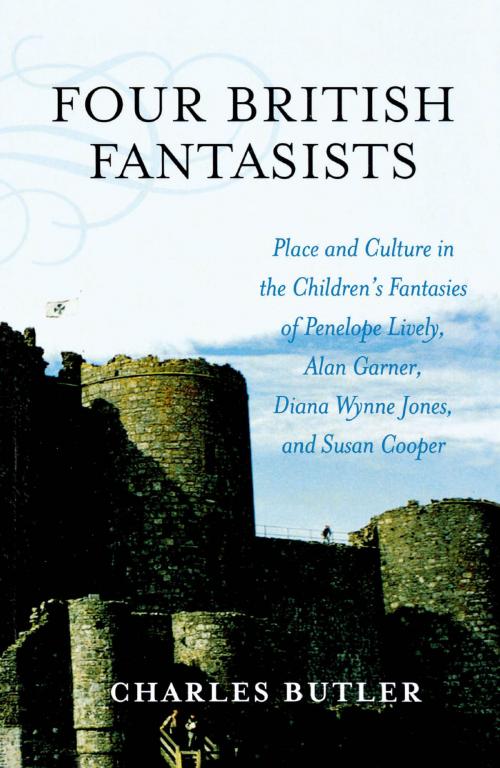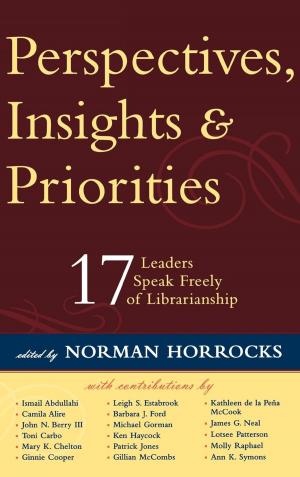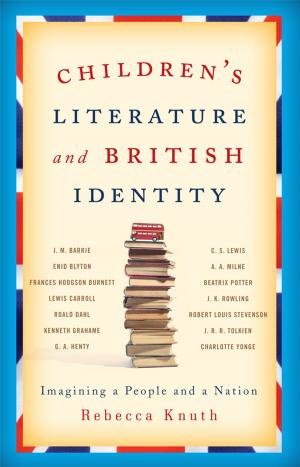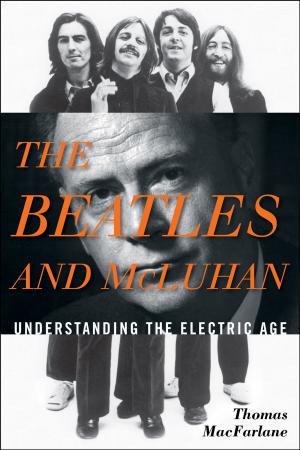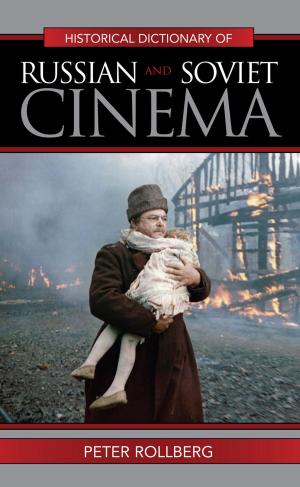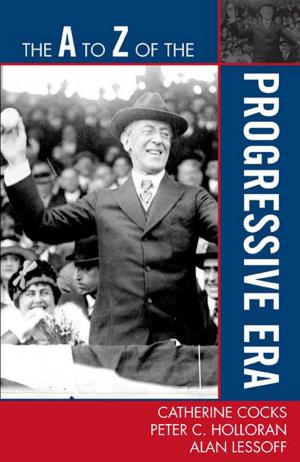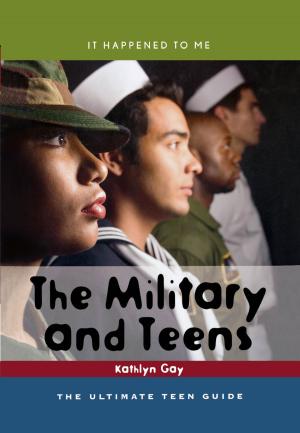Four British Fantasists
Place and Culture in the Children's Fantasies of Penelope Lively, Alan Garner, Diana Wynne Jones, and Susan Cooper
Fiction & Literature, Literary Theory & Criticism, Children&, Nonfiction, Reference & Language, Education & Teaching, Reference| Author: | Charles Butler | ISBN: | 9781461658702 |
| Publisher: | Scarecrow Press | Publication: | April 25, 2006 |
| Imprint: | Scarecrow Press | Language: | English |
| Author: | Charles Butler |
| ISBN: | 9781461658702 |
| Publisher: | Scarecrow Press |
| Publication: | April 25, 2006 |
| Imprint: | Scarecrow Press |
| Language: | English |
Four British Fantasists explores the work of four of the most successful and influential fantasy writers of the generation who rose to prominence in the "second Golden Age" of children's literature in Britain: Susan Cooper, Alan Garner, Diana Wynne Jones, and Penelope Lively. Drawing on history, archeology, social geography, anthropology, and postcolonial theory, as well as literary criticism, Butler provides a series of new perspectives through which to view these writers' achievements. He begins by highlighting some points of biographic coincidence (e.g. all four authors were children during WWII, all were born within a year or two of each other, and all attended Oxford University in the early 1950s—when C. S. Lewis and J. R. R. Tolkien were publishing their seminal fantasies) and questions if these factors play any significant role in the development of these fantasy writers. The author then uses this question as the springboard for a case study in the assessment of biographical and literary influence.
The book also considers the role played by Britain itself in determining the shape and preoccupations of these writers' fiction. Britain is a land with a long history in which contemporary life is constantly juxtaposed with evidence of the past in the form of ancient buildings, historic sites, and archeological remains. By placing the work of Cooper, Garner, Jones, and Lively in the context of British culture and of their own time, Butler provides a key to their fascination with history, mythology, and magic, and to the ways in which that fascination has found expression in their fiction. Students of children's literature and of fantasy literature as well as readers who are interested in the lives of these four subject authors will find this an insightful read.
Four British Fantasists explores the work of four of the most successful and influential fantasy writers of the generation who rose to prominence in the "second Golden Age" of children's literature in Britain: Susan Cooper, Alan Garner, Diana Wynne Jones, and Penelope Lively. Drawing on history, archeology, social geography, anthropology, and postcolonial theory, as well as literary criticism, Butler provides a series of new perspectives through which to view these writers' achievements. He begins by highlighting some points of biographic coincidence (e.g. all four authors were children during WWII, all were born within a year or two of each other, and all attended Oxford University in the early 1950s—when C. S. Lewis and J. R. R. Tolkien were publishing their seminal fantasies) and questions if these factors play any significant role in the development of these fantasy writers. The author then uses this question as the springboard for a case study in the assessment of biographical and literary influence.
The book also considers the role played by Britain itself in determining the shape and preoccupations of these writers' fiction. Britain is a land with a long history in which contemporary life is constantly juxtaposed with evidence of the past in the form of ancient buildings, historic sites, and archeological remains. By placing the work of Cooper, Garner, Jones, and Lively in the context of British culture and of their own time, Butler provides a key to their fascination with history, mythology, and magic, and to the ways in which that fascination has found expression in their fiction. Students of children's literature and of fantasy literature as well as readers who are interested in the lives of these four subject authors will find this an insightful read.
